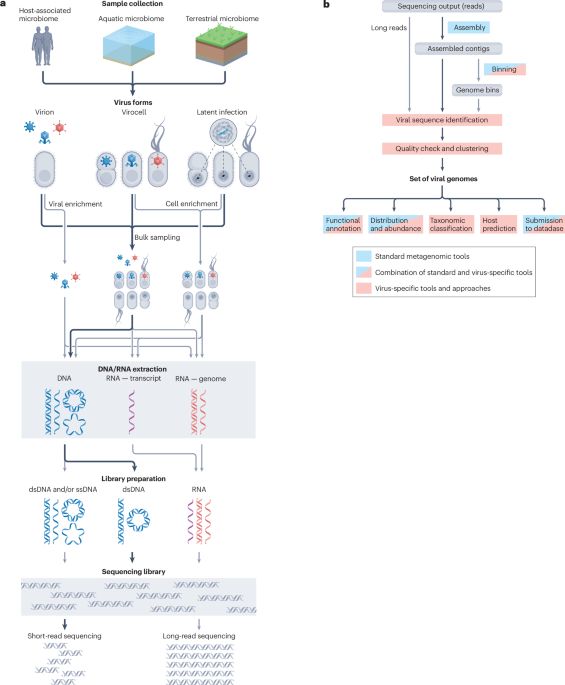European Virus Bioinformatics Center
@evbc.bsky.social
730 followers
58 following
98 posts
Bringing together the excellence of virology and bioinformatics.
Tools: http://bit.ly/evbctools
Impressum: https://evbc.uni-jena.de/impressum/
Posts
Media
Videos
Starter Packs
Reposted by European Virus Bioinformatics Center
Reposted by European Virus Bioinformatics Center
Reposted by European Virus Bioinformatics Center











